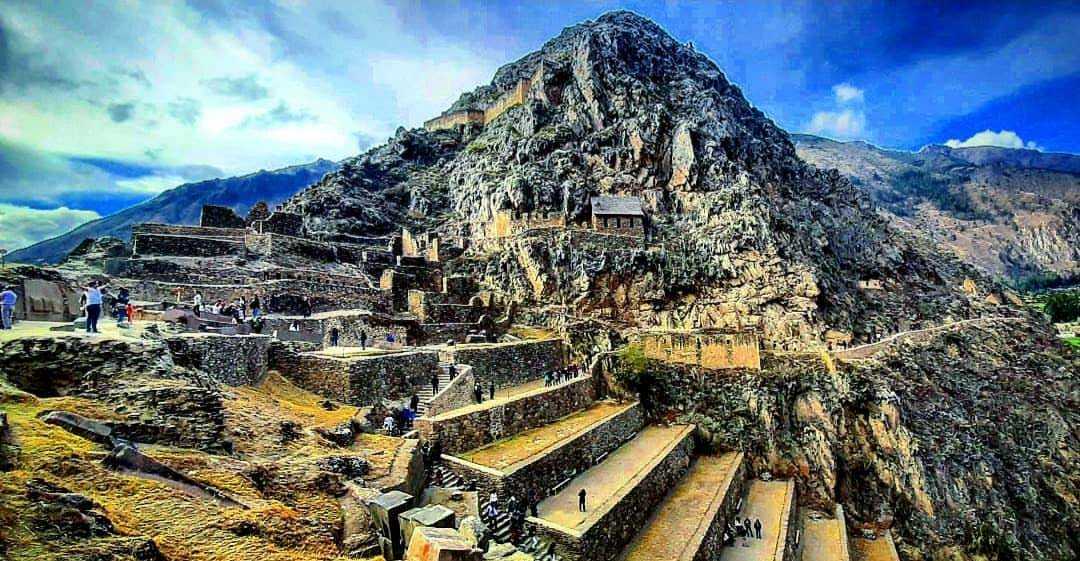Summary
Ollantaytambo, often referred to as ‘Ollanta’, is a town and an Inca archaeological site in southern Peru. This historic gem, nestled in the Sacred Valley of the Incas, is approximately 60 kilometers northwest of the city of Cusco. It’s one of the most monumental architectural complexes of the ancient Inca Empire, often considered a living museum. Ollantaytambo is famed for its terraces, intricate stone constructions, and the Sun Temple.
Get your dose of History via Email
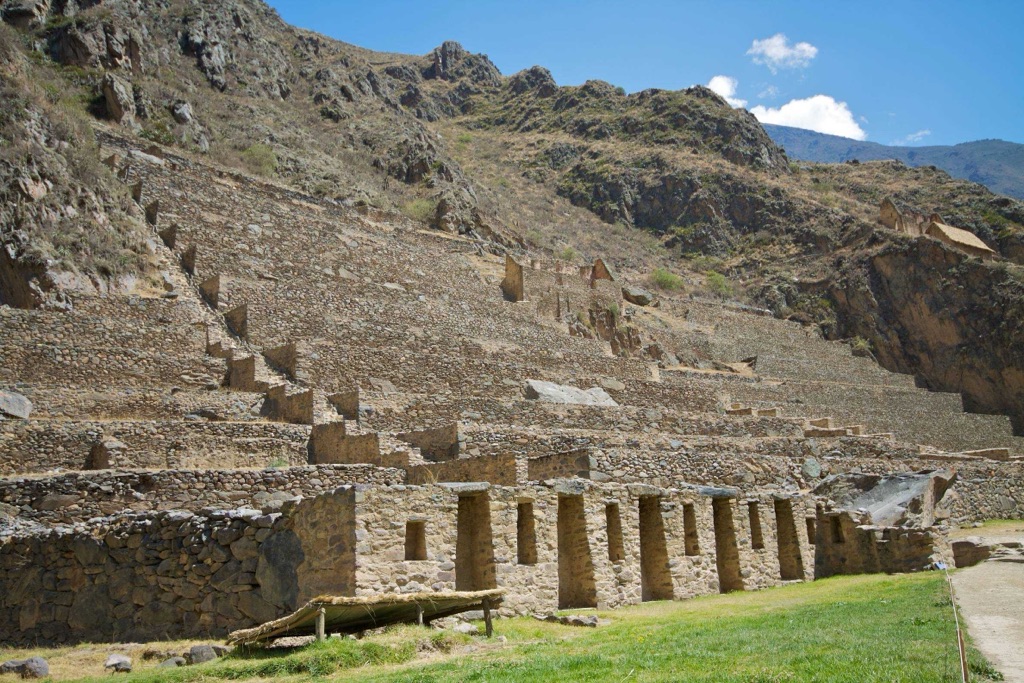
Historical Background of Ollantaytambo
Ollantaytambo’s history is steeped in Inca lore. It was named after a legendary Inca hero, Ollanta. According to the tale, Ollanta fell in love with the Inca emperor’s daughter, a forbidden love that led to a fierce rebellion.
Historically, Ollantaytambo served as a royal estate for Emperor Pachacuti who conquered the region and built the town during the Inca Empire’s zenith in the mid-15th century. The town was later fortified and served as a stronghold against the Spanish during the Inca resistance.
Its strategic location between two valleys made it a crucial administrative, agricultural, and military center. Ollantaytambo’s ingenious design and the resilience of its structures have allowed it to endure, offering us a window into the Inca’s advanced architectural prowess.
Even today, the descendants of the Incas live in the houses built by their ancestors, preserving their traditional way of life. This continuity of culture and tradition gives Ollantaytambo its unique charm and makes it a living testament to Inca civilization.
Many of the Inca traditions, including the annual Festival of the Sun, continue to be celebrated in Ollantaytambo, attracting visitors from around the world.
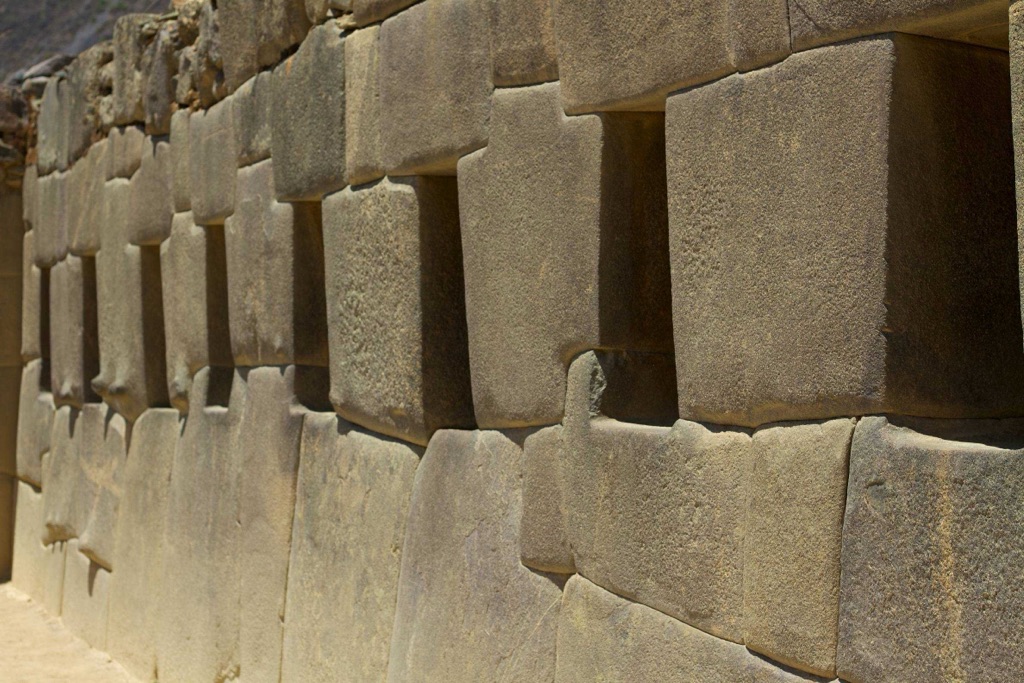
Architectural Highlights/About the Artifact
Ollantaytambo’s architecture is a marvel of engineering. The town is divided into kanchas (blocks), which are enclosed by walls and accessed through a single doorway leading to a central courtyard. The houses surround this courtyard.
The terraces of Pumatallis, a marvel of agricultural engineering, are among the most impressive features of Ollantaytambo. They are built into the hillside and are still used for farming today, just as they were during the Inca Empire.
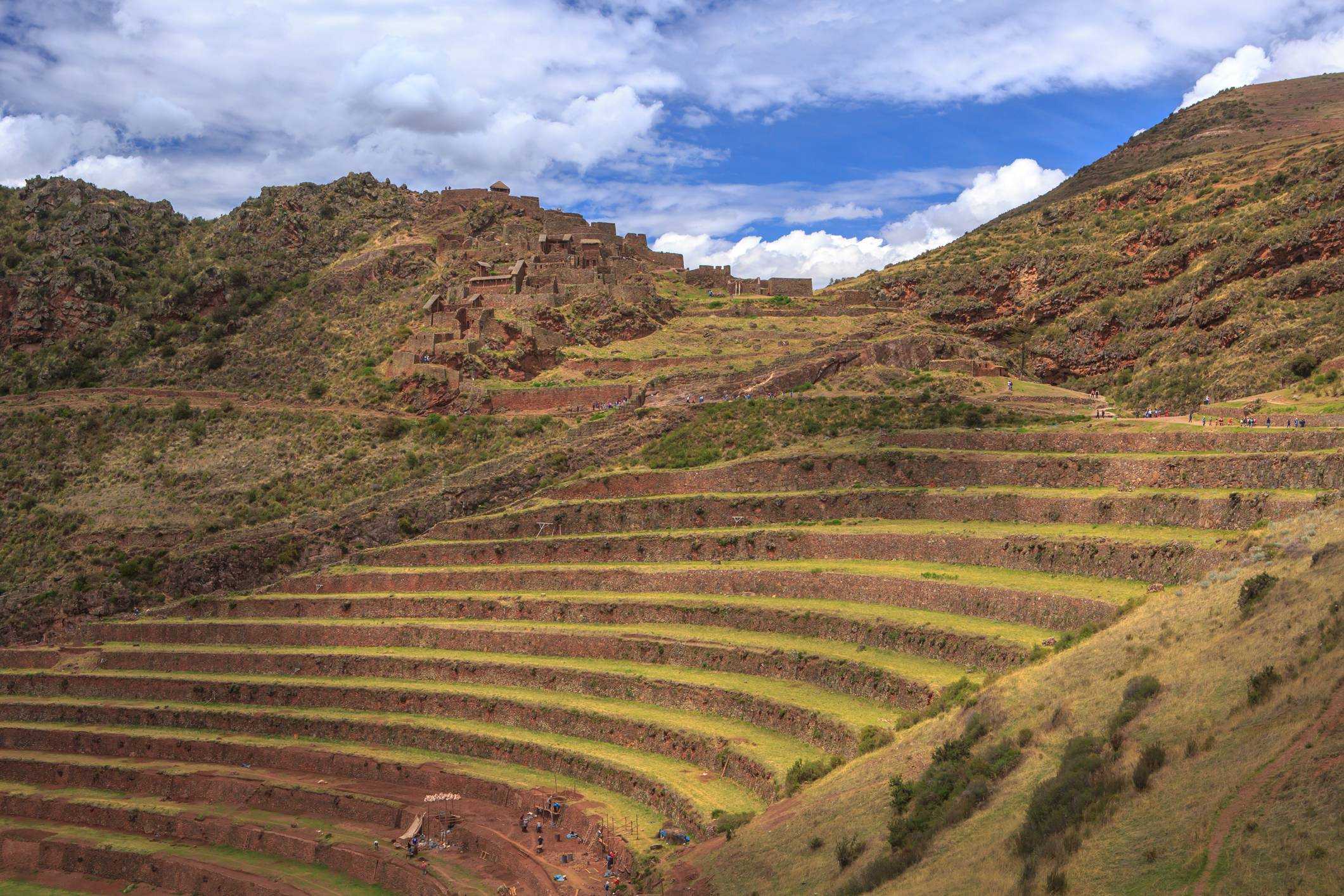
The Sun Temple, an unfinished structure, is another architectural highlight. It’s made of six enormous monoliths, each weighing about 50 tons. The precision with which these stones are fitted together without mortar is a testament to the Inca’s advanced masonry skills.
Water was a vital element in Inca culture, and this is evident in Ollantaytambo’s complex system of water channels. These channels, still functional today, direct water from the Patakancha River through the town.
The ‘Bath of the Ñusta’ is another fascinating artifact. It’s a ceremonial fountain carved from a single block of stone, believed to have been used for ritual ablutions.
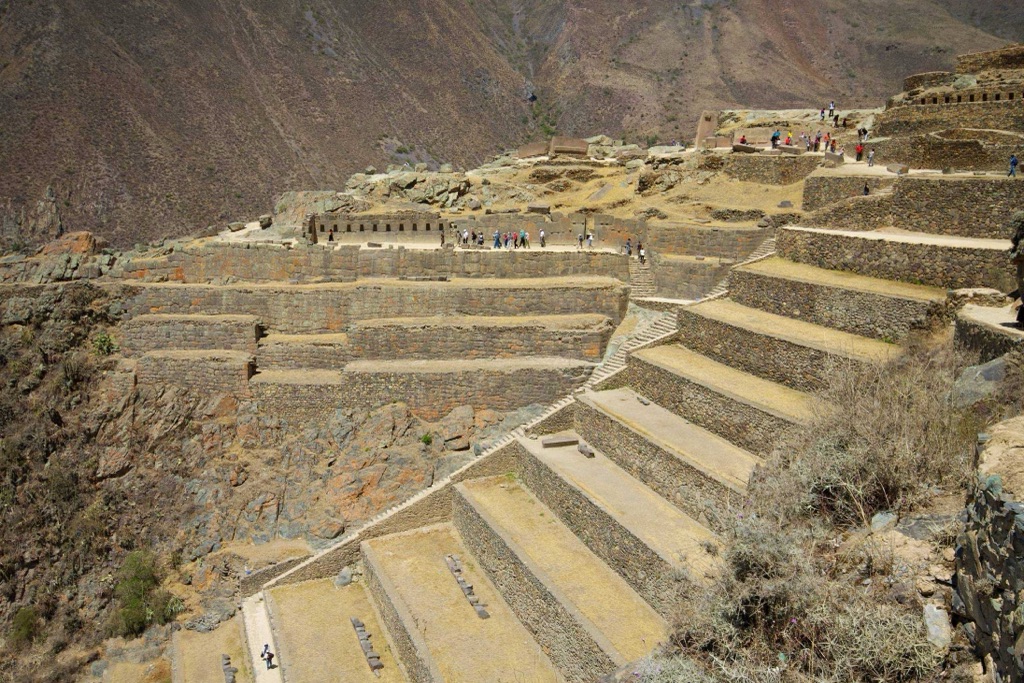
Theories and Interpretations
There are various theories and interpretations surrounding Ollantaytambo. Some believe it was built as a fortress, while others argue it was a place of worship. Its strategic location and defensive structures support the former theory, while the presence of the Sun Temple and ceremonial fountains lend credence to the latter.
Another theory suggests that Ollantaytambo was an important administrative center due to its location between two rich agricultural valleys. The terraces, which could support a large population, and the presence of various administrative buildings support this theory.
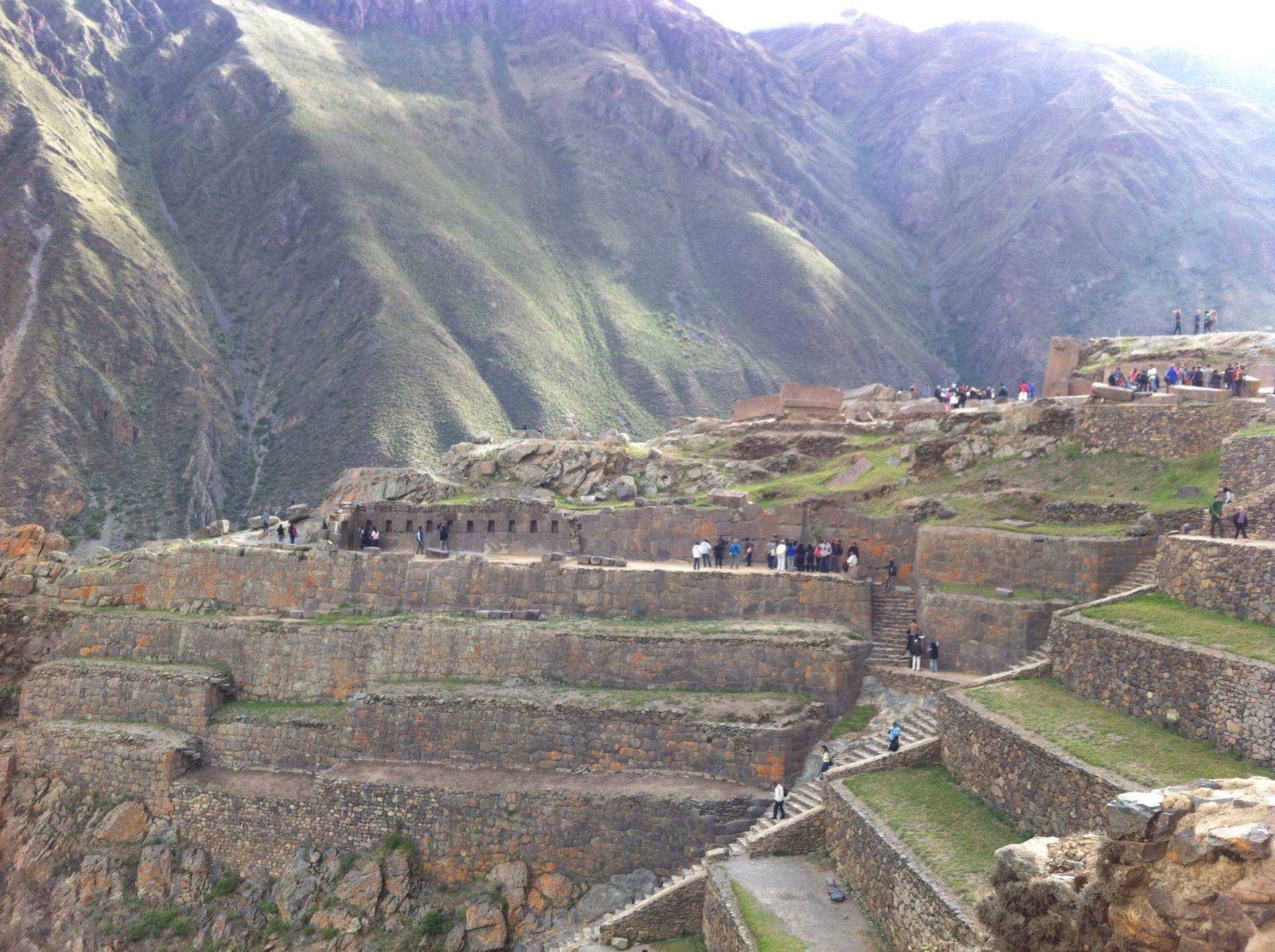
The unfinished state of the Sun Temple has led to speculation that its construction was interrupted—perhaps due to the Spanish Conquest or a rebellion. However, without concrete historical records, these remain theories.
The purpose of the ‘Bath of the Ñusta’ is also a subject of debate. While it’s generally accepted to be a ceremonial fountain, some believe it may have had a more practical purpose.
Despite these uncertainties, what’s undeniable is that Ollantaytambo offers invaluable insights into the Inca civilization’s architectural, agricultural, and administrative prowess.
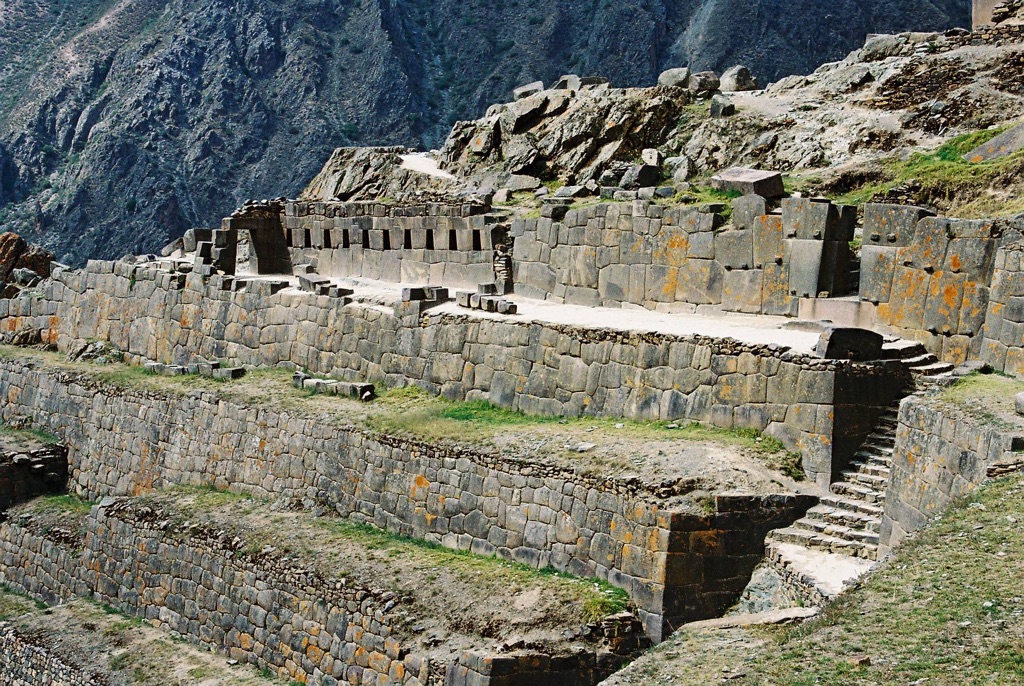
Good to know/Additional Information
Ollantaytambo is a must-visit for anyone interested in Inca history and culture. The best time to visit is during the dry season, from May to September.
While there, don’t miss the opportunity to explore the local market and sample traditional Andean cuisine. The town is also a starting point for the Inca Trail to Machu Picchu.
It’s advisable to hire a guide to fully appreciate the historical and cultural significance of the site. Be prepared for a bit of climbing—the terraces are steep, but the view from the top is worth it.
Remember to respect the site and its inhabitants. Ollantaytambo is not just a tourist attraction—it’s a living town with a rich cultural heritage.
Lastly, pack appropriately. The weather can be unpredictable, and the site is at a high altitude, so it’s important to stay hydrated and protect yourself from the sun.
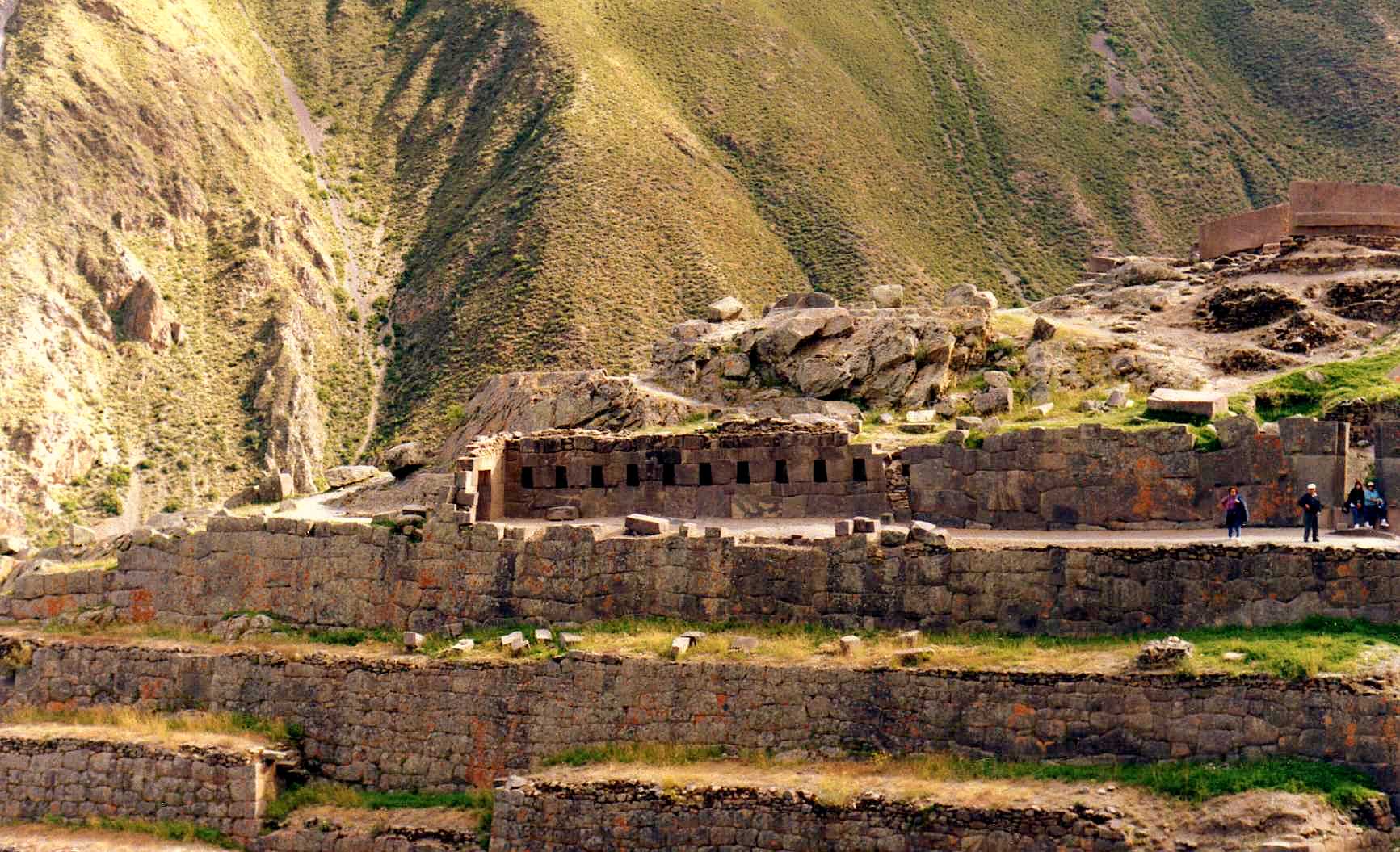
Conclusion and Sources
Ollantaytambo is a living testament to the Inca civilization’s architectural, agricultural, and administrative prowess. Its enduring structures offer a window into the past, while its inhabitants keep Inca traditions alive. A visit to Ollantaytambo is not just a step back in time—it’s an immersion in a vibrant, living culture.
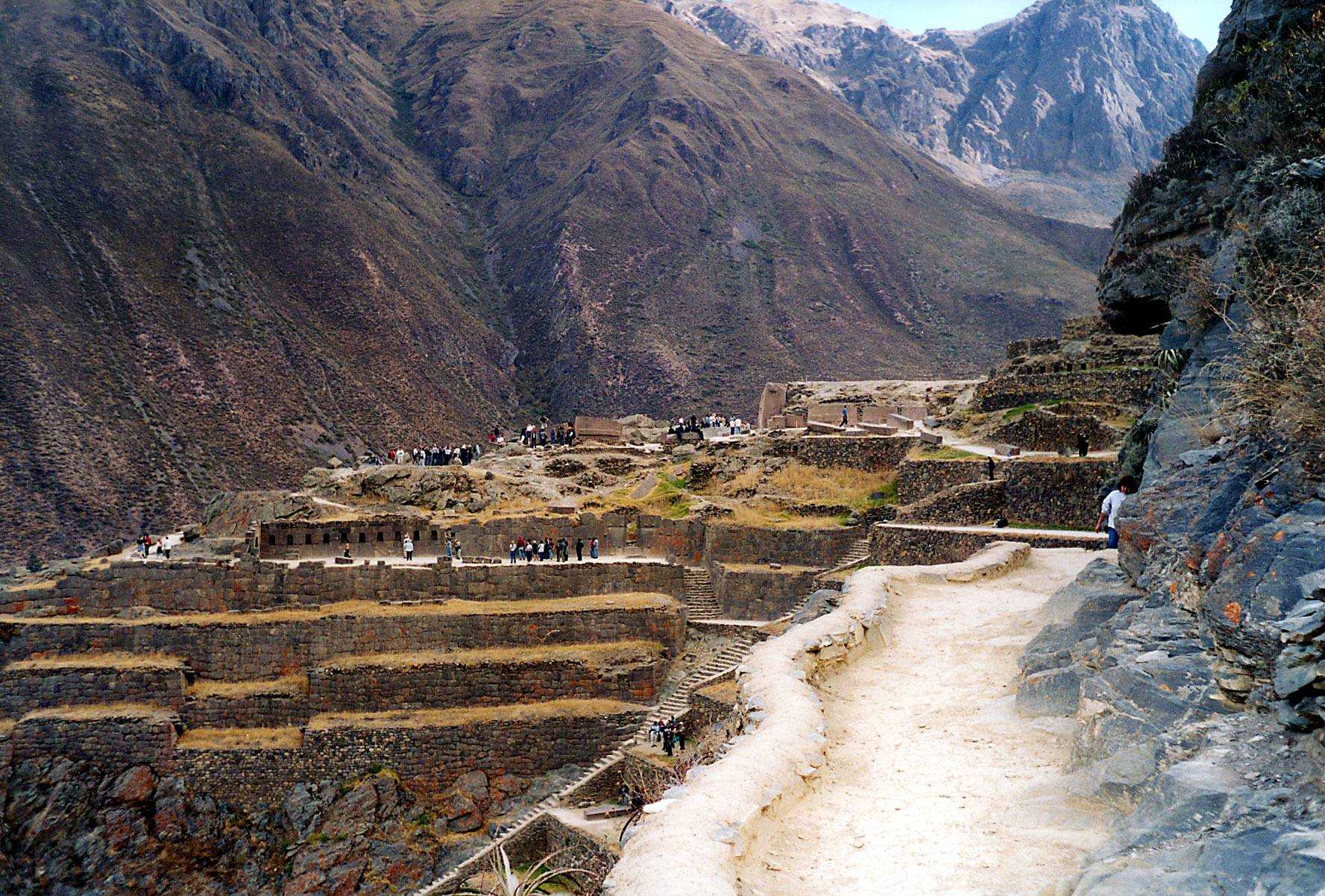
- For further reading and information, refer to the following sources:
If you like this article, you should definitely give these a read:

